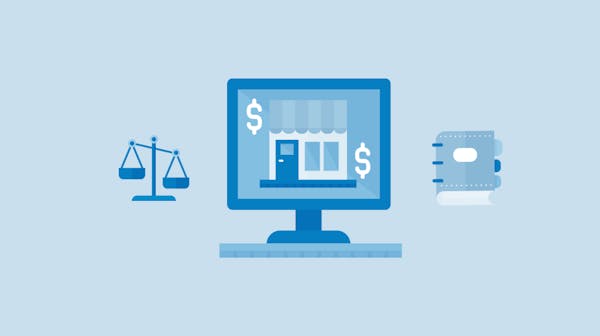Clear, legally sound invoice terms and conditions should comprehensively outline payment terms, services provided, and dispute resolution methods to protect both parties involved. It's essential, but there's an important balance to strike between thoroughness and simplicity to ensure mutual understanding and agreement.
Crafting Clear and Comprehensive Terms
Creating effective invoice terms and conditions starts with clarity and detail. It is imperative to specify payment terms such as due dates, accepted payment methods, and penalties for late payments. Including a clause about retaining ownership of the work until full payment can protect your rights.
Tip: Adding ownership clauses deters clients from using your work without settling the invoice, essentially safeguarding your interests while ensuring due compensation.
Example: An effective scope of work delineation might read, "This invoice covers the design and delivery of a custom website, excluding web hosting services."
Key Elements of Effective Terms and Conditions
Striking the right balance between your business needs and client expectations is a negotiation art form. Key elements include:
- Payment terms: frequency, due dates, currencies, and methods
- Consequences for late payments: late fees or interest charges
- Detailed service/product descriptions to prevent misunderstandings
Securing Agreement and Understanding
Communicate your terms and conditions in language that’s easy to understand. Invite questions and be willing to explain any points in detail. It’s not just about protecting your business—it’s about building a relationship based on mutual understanding.
Example: When addressing concerns about payment terms, you might say, "Let's go over the payment terms together to ensure they work for both of us."
Tip: Educate clients on how the terms and conditions benefit both parties, highlighting mutual protection and clear expectations.
Legal Compliance and Professional Advice
For those looking for a hassle-free way to ensure their invoices meet professional standards, consider using InvoiceOnline. This tool allows you to create simple and secure invoices directly in your browser, without any registrations or card. It's a fast and reliable way to manage your invoicing needs.
Communication Strategies for Terms Acceptance
Providing clients with the invoice terms and conditions in advance and securing their acknowledgment can avoid future misunderstandings. Whether through a signature or digital confirmation, this step formalizes agreement.
Example: Before starting a new project, present the invoice terms, saying, "Please review and confirm your agreement so we can proceed confidently knowing we’re on the same page."
Conclusion
A well-drafted invoice terms and conditions section is a cornerstone of a healthy client-business relationship. Regular updates ensure your invoicing keeps up with legal changes and evolving business practices.
Tip: Review your invoice terms periodically and after any major legal updates or changes in your service offering.




